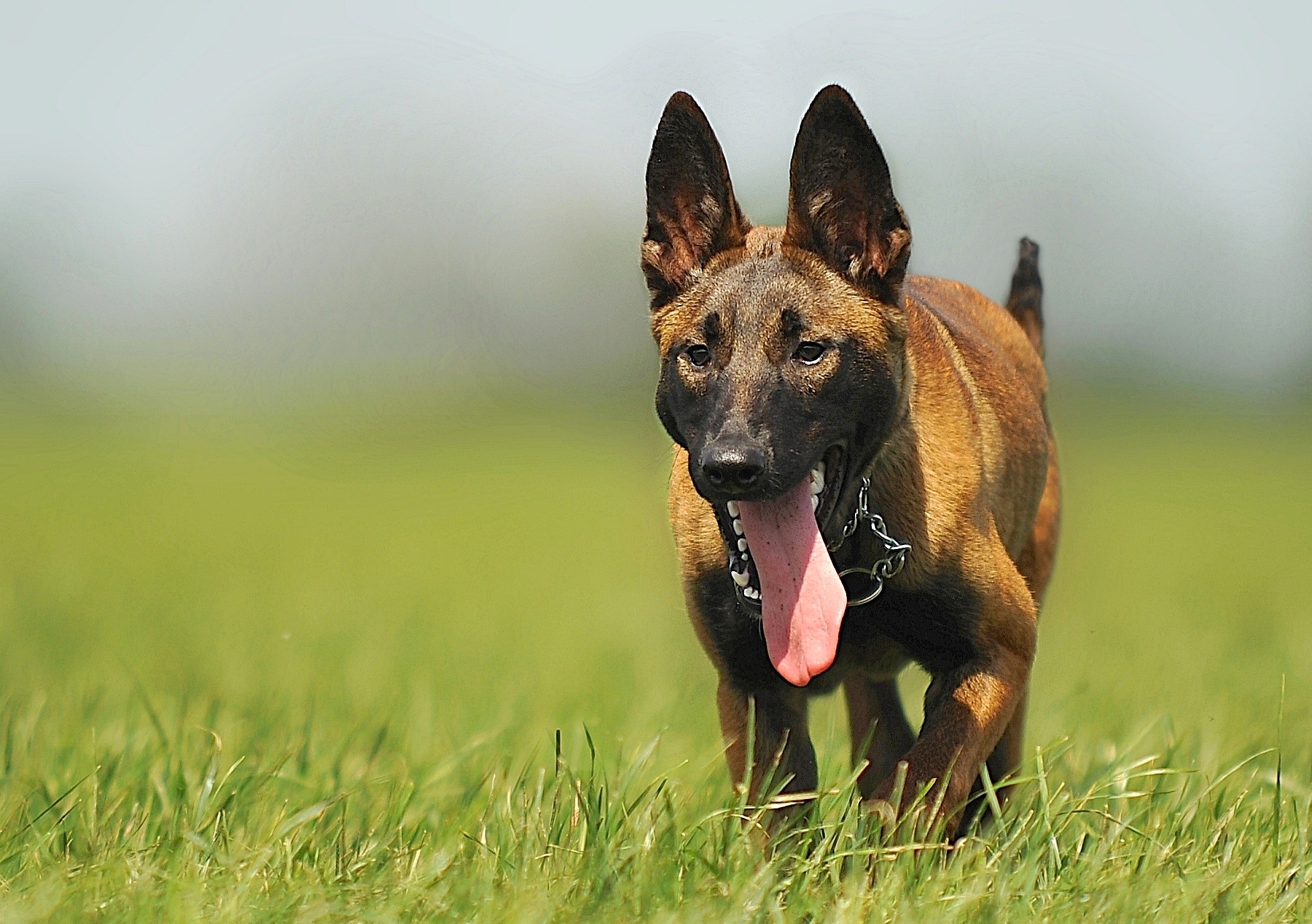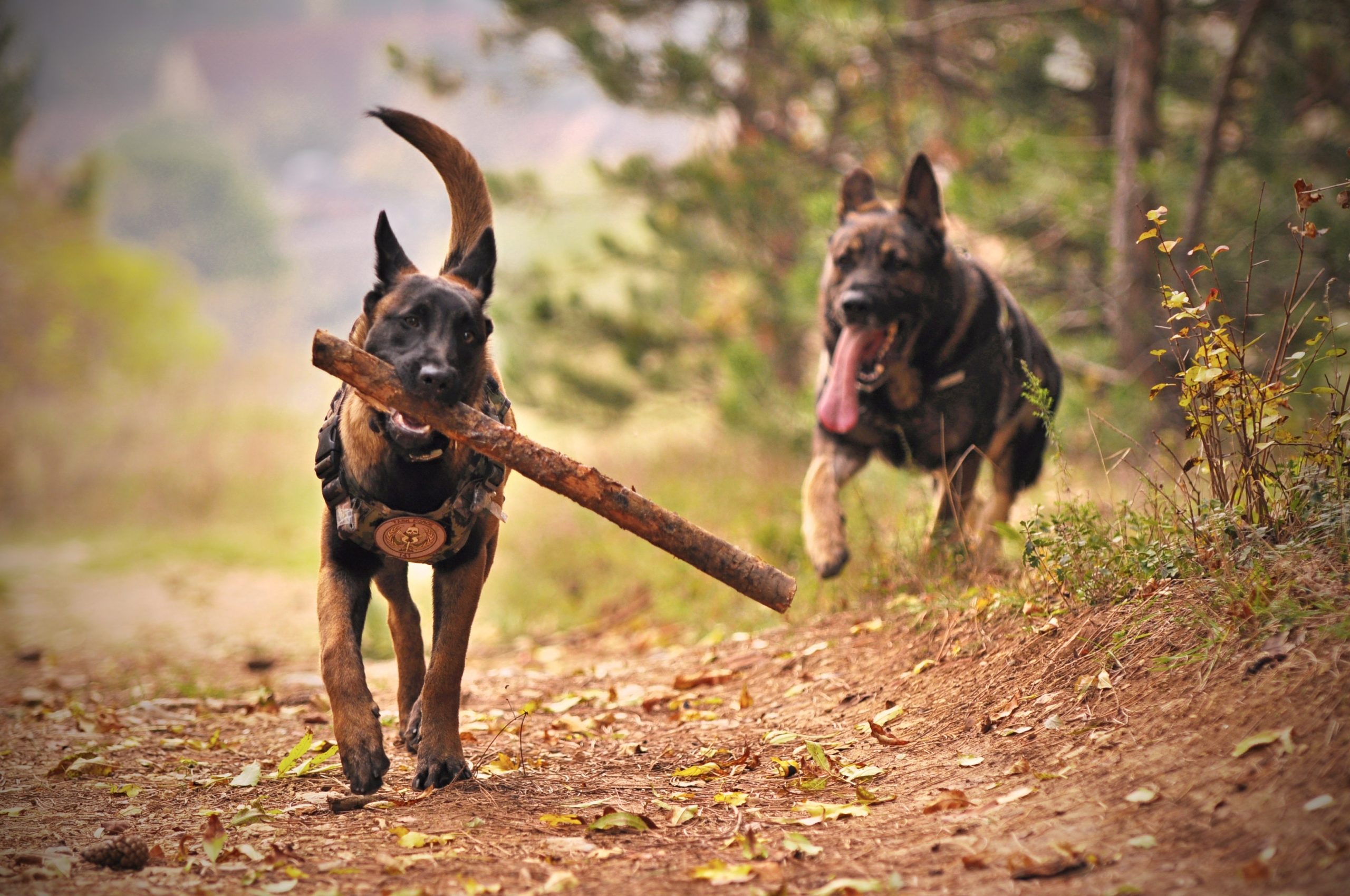The brilliant, self-assured, and adaptable Belgian Malinois breed creates an unshakable link with his human partner and excels as a worker of the highest caliber. You are robbing a Mal action and the enjoyment of your company when you refuse him these things. Belgian Malinois are alert, proud, and squarely formed herders that stand between 22 and 26 inches tall. They have a strong, well-muscled appearance that is more graceful than massive, and they have an unpretentious appearance appropriate for dogs bred to work hard for their food. The proud head carriage is a breed characteristic. The hues of the coat span from a deep fawn to mahogany. Dark Belgian chocolate-colored eyes that are vibrant and inquisitive are highlighted by the black ears and mask.
If you have ever witnessed a Mal do an obedience routine, you are aware of the breed’s intelligence and zeal. However, issues arise when this canine companion is mistreated and underutilized. Mal must get lots of exercise, preferably next to their beloved owner, to be happy.







 Health
Health Grooming
Grooming Exercise
Exercise Training
Training Nutrition
Nutrition